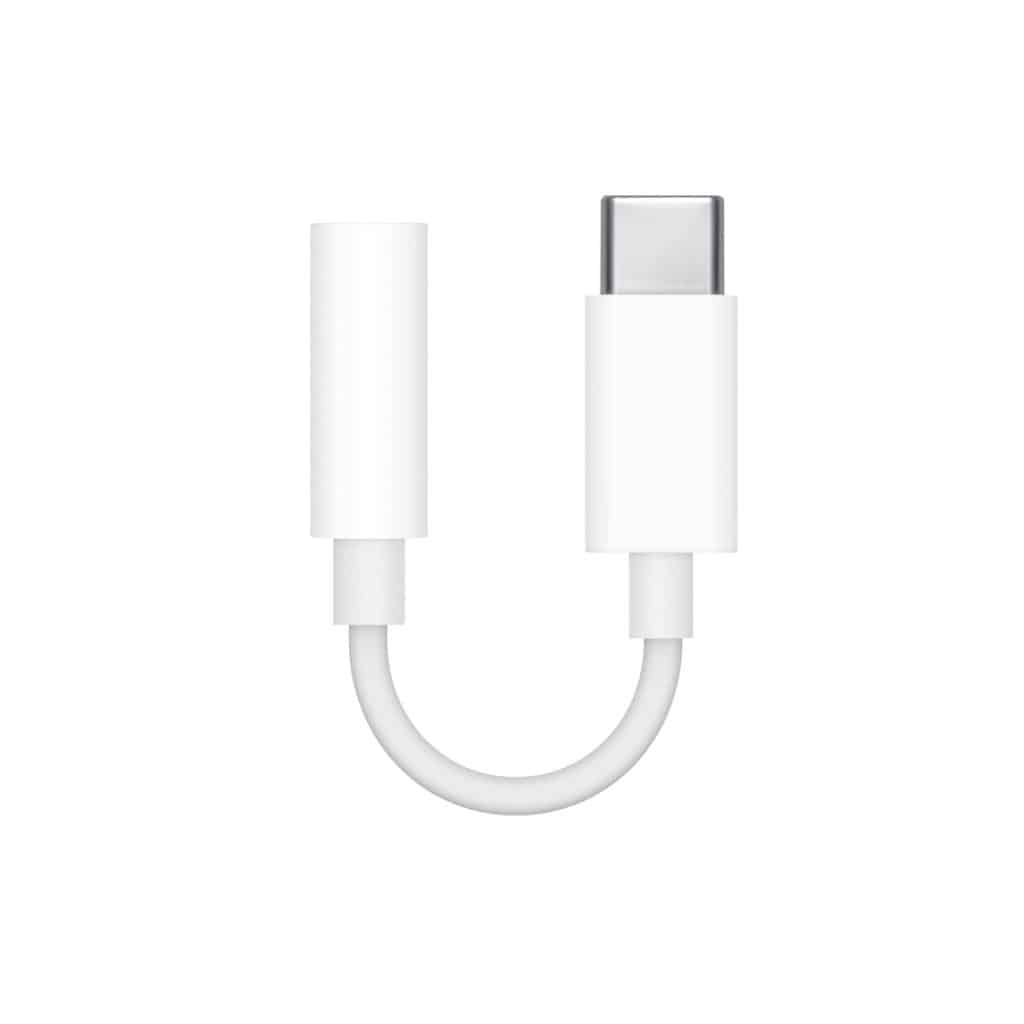The removal of the 3.5mm headphone jack from the iPhone 7 was a bold move by Apple. While it encouraged the adoption of wireless audio solutions like AirPods, Apple recognized that not all users were ready to part with their wired headphones. To bridge the gap, Apple introduced the Lightning to headphone jack adapter, providing a way for users to connect their existing headphones to newer iPhone models.
For years, the adapter was included in the box with new iPhones. However, in 2018, Apple stopped bundling the accessory, citing a push towards sustainability and reduced packaging waste. This decision made the Lightning to headphone jack adapter a standalone product, ensuring its place as a must-have accessory for users who preferred wired audio.
Why Is the Adapter Selling Out?
Reports of the Lightning to headphone jack adapter selling out have left many wondering why demand has surged for this seemingly basic accessory.
Despite the popularity of wireless earbuds like AirPods, many users continue to rely on wired headphones. Wired audio offers advantages like superior sound quality, no battery dependency, and compatibility with high-end headphones. This has kept the demand for the Lightning to headphone jack adapter steady over the years.
Apple, like many other tech companies, has faced supply chain disruptions due to global challenges. These disruptions may have affected the production and distribution of the adapter, leading to shortages in both online and physical stores.
Another factor could be the unexpected demand from users holding onto older devices or using the adapter with non-Apple products. Many car audio systems, external speakers, and professional equipment still rely on 3.5mm connections, making the adapter a versatile tool for various use cases.
The Role of the Adapter in Apple’s Audio Strategy
While Apple continues to innovate with products like AirPods Pro and AirPods Max, the Lightning to headphone jack adapter plays a unique role in Apple’s audio strategy.
The adapter allows Apple to cater to users who aren’t ready to fully embrace wireless audio or who need a solution for legacy equipment. It’s a small but critical product that ensures Apple’s newer devices remain compatible with older accessories.
The scarcity of the adapter raises questions about Apple’s commitment to wired audio. Some speculate that the shortage could indicate Apple’s intention to phase out the product, pushing users further towards wireless solutions.
Alternatives for Users
With the Lightning to headphone jack adapter becoming harder to find, users are exploring alternatives to meet their audio needs.
Many third-party manufacturers offer Lightning to headphone jack adapters, often at a lower price point. While these options can be a viable solution, users should exercise caution and choose reputable brands to ensure compatibility and audio quality.
For users open to making the switch, Apple’s AirPods and Beats products offer a seamless wireless audio experience. With features like active noise cancellation and spatial audio, these products represent the future of audio technology.
As Apple gradually transitions to USB-C across its devices, users may soon see a new generation of adapters designed to work with the updated port standard. This shift could render the Lightning adapter obsolete, further emphasizing Apple’s move away from older technologies.
The Enduring Appeal of Wired Audio
Despite the push towards wireless solutions, wired audio continues to hold a special place for many users.
Audiophiles often prefer wired headphones for their ability to deliver uncompressed, high-fidelity audio. The Lightning to headphone jack adapter is an essential tool for these users, allowing them to enjoy their headphones on newer devices.
Wired audio eliminates issues like battery life and connectivity problems, making it a dependable choice for critical applications like music production, podcasting, and live performances.
Apple’s Vision for the Future
The scarcity of the Lightning to headphone jack adapter could be a sign of Apple’s evolving vision for audio technology.
Apple has made significant investments in wireless audio, as evidenced by the success of the AirPods lineup. The company’s focus on seamless connectivity and advanced features suggests a future where wireless solutions dominate.
Apple’s emphasis on sustainability may also play a role. By phasing out accessories like the Lightning adapter, Apple could encourage users to adopt newer, more eco-friendly technologies.
What Does This Mean for Users?
The unavailability of the Lightning to headphone jack adapter highlights a broader trend in technology. As companies like Apple move away from legacy solutions, users must adapt to changing standards.
For some, this means embracing wireless audio and investing in new devices. For others, it’s a reminder of the importance of preserving older equipment and finding creative ways to maintain compatibility.
As the market shifts, third-party manufacturers may step in to fill the gap left by Apple, providing alternatives for users who still rely on the adapter.
The End of an Era?
The Lightning to headphone jack adapter may seem like a small accessory, but its scarcity underscores a significant shift in the tech industry. As Apple continues to push the boundaries of innovation, users are left to navigate the transition from legacy technologies to the wireless future.
Whether you’re a die-hard fan of wired audio or a forward-thinking adopter of wireless solutions, the disappearance of the adapter serves as a reminder of how quickly technology evolves—and how essential it is to stay adaptable in the face of change.
